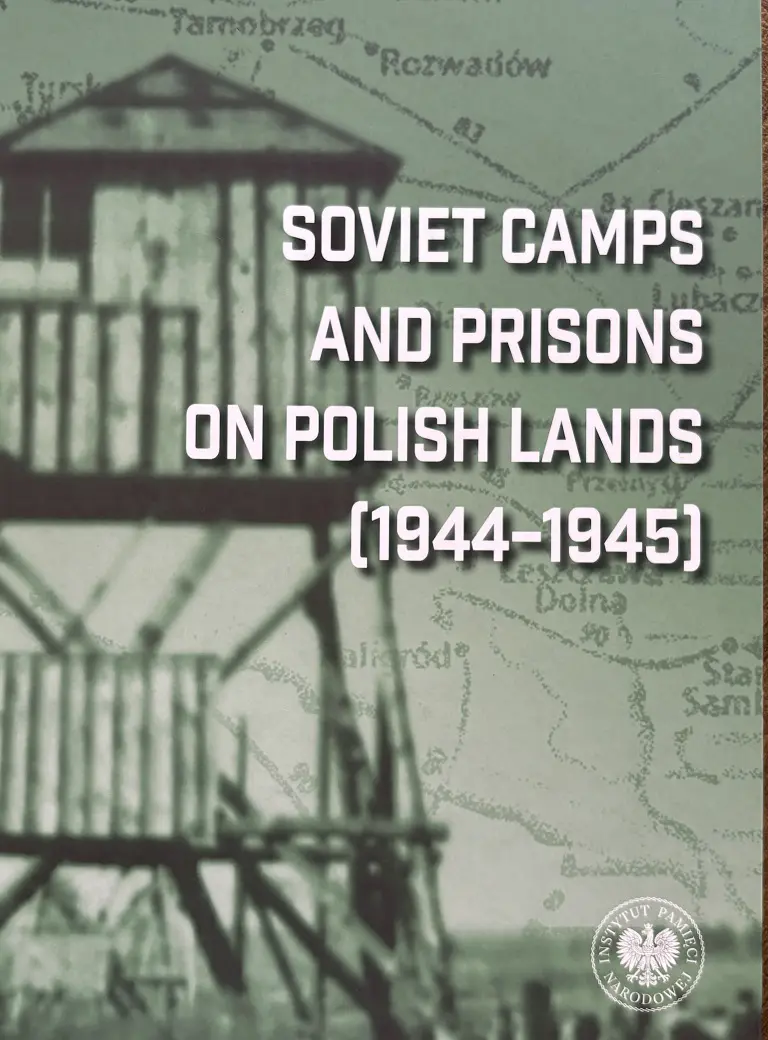
Soviet Camps and Prisons on Polish Lands [1944-1945]
(For professors, college students, and interested adults)
This scholarly lexicon was compiled by Dariusz Iwaneczko and published in 2024 by The Institute of National Remembrance, Commission for the Prosecution of Crimes Against the Polish Nation.
The following are excerpts from the Introduction by Dariusz Iwaneczko.
“The issue of the camps and prisons organized by the Soviets on Polish lands in 1944-1945 has so far only been only marginally addressed or discussed in the context of Soviet repression against Polish citizens.”
“We know more about the Soviet camps in which Poles were imprisoned thanks to the research carried out as part of the Indeks Represjonowanych [Index of the Repressed] project and the writings of Tadeusz Wolsza, Dariusz Rogut, Miroslaw Golon, Wodzimierz Jastrebski, and Boguslaw Kopka.”
“The lexicon of Soviet camps and prisons on Polish territory in 1944-1945 presented here is only a preliminary and therefore incomplete elaboration of the topic outlined in the title. Nevertheless, it is important to emphasize that the subject of Soviet camps and prisons, and more broadly – the extent and nature of Soviet repressions on Polish territory – should be developed in the form of a monograph.”
“Soviet repression in the areas occupied by the Red Army was directed primarily against the Polish underground resistance, political elites and intellectuals, but was not limited to these circles.”
“The Soviets were aware that simply crushing the underground resistance was not enough. In order to instill a fear in Polish society, pacifications were also carried out in places where the inhabitants were not involved in resistance activities.”
“With the arrival of the Red Army and the Soviet intelligence and security services that entered Polish soil, a wave of repressions and terror was unleashed on Polish society. It was difficult to tell the difference between one form of occupation and another. The Germans were retreating, but the Soviet presence did not give a sense of liberation. On the contrary, it made people aware of a new form of captivity.”
“The arrest and deportation to the east of a significant proportion of Poles belonging to the military and civilian structures of the Polish underground state paralyzed the ability to resist new captivity. This was largely facilitated by existence of the camp infrastructure, prisons, and all kinds of Soviet isolation facilities. By establishing a network of camps on Polish soil, the Soviets not only ensured that they could detain German prisoners, but also created an effective system for isolating the Polish social leadership, thereby facilitating the establishment of Communist rule.”
